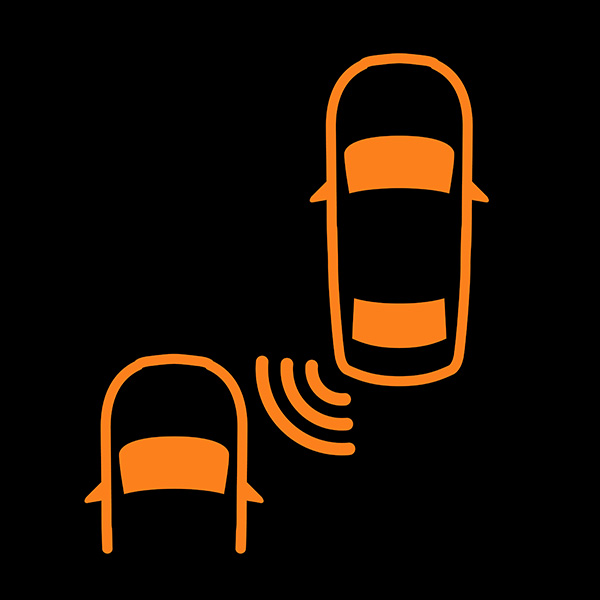
Blind spot sensors have become a standard safety feature in most modern vehicles, helping drivers avoid lane-change collisions by detecting cars just out of view. But like any technology, these sensors can fail or malfunction. When that happens, it’s important to understand what’s causing the issue and how to get it fixed.
If your blind spot warning light stays off when it should be on, flashes unexpectedly, or you’re seeing a sensor error message on the dash, don’t ignore it. The system is designed to add an extra layer of protection on the road, especially in fast-moving traffic like we see around Houston. Here’s what you should do next.
How Blind Spot Sensors Work
Blind spot monitoring systems use radar or ultrasonic sensors mounted on the sides or rear of your vehicle. These sensors detect when another vehicle enters your blind spot—the space just behind your shoulder that your mirrors often miss.
When another car enters this zone, a light appears on your side mirror or A-pillar. In some systems, an alert will flash or beep if you signal to change lanes while something is still there.
The system is smart but depends on a clear signal path and accurate data. If anything interferes with that, it can stop working properly.
Check for Dirt or Obstructions
One of the most common causes of a blind spot sensor malfunction is surprisingly simple: dirt, grime, or debris covering the sensor. Road salt, mud, or even heavy rain can block the sensor’s field of vision, making it unable to detect nearby objects.
Try giving your rear bumper or side panels a good cleaning, especially near the corners. In many vehicles, that’s where the sensors are mounted. After cleaning, restart the vehicle and see if the system resets.
Look for Damage
If your car was recently involved in even a minor fender bender or bumper tap, the blind spot sensor could have been knocked out of alignment or damaged. These sensors are delicate and need to be properly aimed to work accurately.
Sometimes the damage is hidden behind the bumper cover, so you might not see it at first glance. If the warning light stays on constantly or the system says it’s unavailable, sensor damage is a possibility worth checking into.
Electrical or Software Glitches
Like many modern systems, blind spot monitoring is tied into the vehicle’s electronic control units. A glitch in the system’s software, a blown fuse, or a faulty connection can all trigger sensor warnings or complete system shutdowns.
In some cases, turning the vehicle off and on again can temporarily reset the system. But if the problem returns, it’s a sign that professional diagnostics are needed. A code scan can often pinpoint whether the issue is electrical, sensor-related, or part of a larger system problem.
Don’t Rely on the System Alone
It’s important to remember that blind spot sensors are a supplement, not a replacement, for safe driving habits. Even when they work perfectly, you should still look over your shoulder before changing lanes.
When the system goes offline, avoid making assumptions. Take extra care when merging, rely on your mirrors, and keep in mind that you no longer have that extra layer of awareness until it’s repaired.
The Auto Doc – ADAS and Sensor Diagnostics in Houston, TX
At The Auto Doc in Houston, we help our customers stay safe by ensuring modern safety features like blind spot sensors work exactly as they should. If your system is showing warnings, misfiring, or not working at all, our technicians can inspect, diagnose, and get it functioning again. Don’t wait until something goes wrong on the road—visit us today for reliable help with your vehicle’s driver assistance systems.